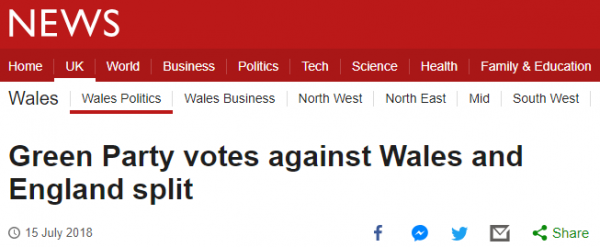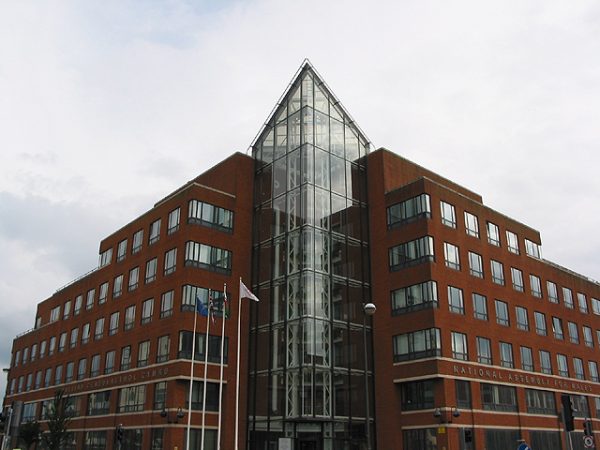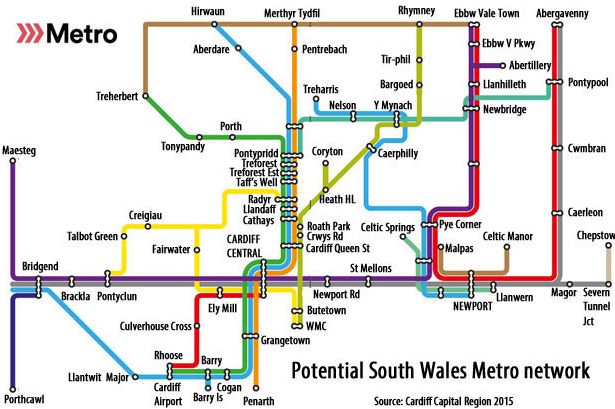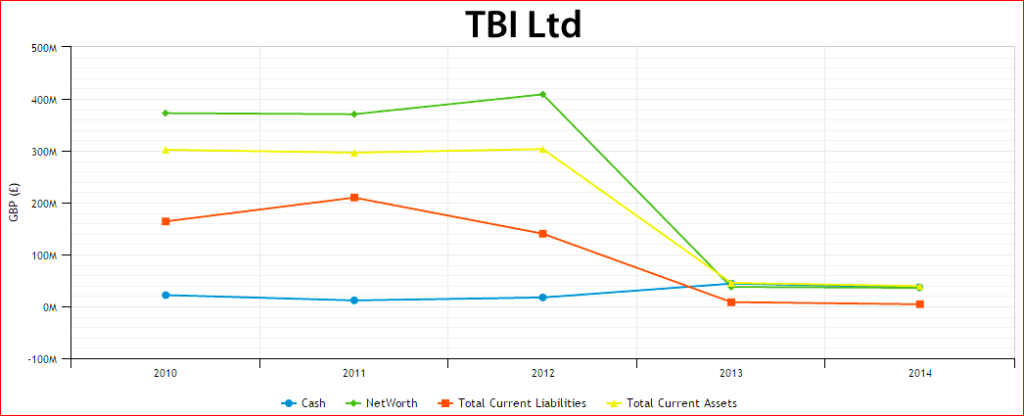![]() This is another of those pieces I wish I didn’t have to write. Another sorry tale of political bias and incompetence, and the wasting of large amounts of public money.
This is another of those pieces I wish I didn’t have to write. Another sorry tale of political bias and incompetence, and the wasting of large amounts of public money.
◊
WHISPER AND LABOUR
Our tale begins with two announcements.
The first came from the self-styled ‘Welsh Government’ last Friday. Informing us a “Wales-based” company, that televised the Paris Paralympics for Channel 4, had been awarded £800,000.
We were further informed,, “Whisper began its operations in Wales in 2018” and was then, “Named Business of the Year at the Cardiff Business Awards in 2022“.

Which is odd. For Whisper Films Cymru Ltd wasn’t launched until September 2. Just over a week ago! So how could it cover the Paris Paralympics, which began a week before it was formed, and how could it have been so busy in Wales since 2018?
The answer is of course that it’s been operating under a different name. For if we turn to the Companies House website entry for Whisper Films Cymru, and the Certificate of Incorporation, we see that it’s owned by the parent company.

Whisper Films Cymru Ltd is just the local label for a company of the same name based in Kingston-upon-Thames (down the lane).
Then on Monday I read Cardiff Capital Region was investing a further £1.5m. Making it £2.3m over one weekend. (Since the fall of Monmouthshire, all the councils in that region are now controlled by Labour.)
So let’s see who’s running this “Wales-based” company, Whisper Films Cymru Ltd.
The three directors are: Allan Handley, of the parent company, Whisper. Sunil Ramanbhai Patel, CEO and co-founder. And, to give a little Welsh flavour, Carys Owens.
Carys Owens is the wife of recently-retired captain of the national rugby team, Ken Owens. Which probably explains why Ken has been seen in dodgy company of late.

Gething’s already gone and Starmer’s the most unpopular prime minister since Pitt the Positively Infantile. Keep it up, Ken.
On a more serious note . . . Ken Owens’ involvement might be linked to the ‘Welsh Government’ taking over the Welsh Rugby Union last year. I explained this in ‘Taking Control, Of Everything‘.
Is Ken being lined up for a WRU job?
So what more can I tell you about Whisper Films?
We know it’s been operating in Wales for some years without feeling the need to adopt a Welsh persona, but now that it’s gone legit there are 23 Whisper Cymru staff listed on its website.
Among them, and listed as another co-founder, is Jake Humphrey, formerly of BT Sport. He seems to be a fan of Keir Starmer.
Whisper Films Cymru Ltd is owned by Whisper Films Ltd, but we can follow the trail back to Sony Pictures Television Production UK Ltd, owned by Columbia Pictures Corporation Ltd, with everything ultimately owned by the Sony Group Corporation.
Should you be minded to write, here’s the head office address, 1-7-1 Konan, Minato-Ku, Tokyo 108-0075, Japan.
◊
WHISPER IN THE TRAMSHED
You may not be surprised to learn that the newly-minted Whisper Cymru is based in The Tramshed, so generously funded and in other ways favoured by the Labour party.
I gave the low-down at the end of May with, ‘The Tramshed, The Loans, The Leases, The Lord’; and a few days later, ‘The Tramshed, The Loans, The Leases, The Lord 2‘.
What I established in those pieces was that, like the shop in League of Gentlemen, The Tramshed is, ‘A Labour shop for Labour people’. Outsiders are not welcome.

But why is Whisper officially taking on a Welsh identity at this moment? One answer is obviously to get its hands on the £2.3m funding you’ve just read about. And I’m sure there’ll be more.
For I can almost smell a loan from the Development Bank of Wales. Which would have been difficult if not impossible to arrange if Whisper had remained a company registered solely in England.
I also believe it links to the July 4 election. Because if you go back to Monday’s press release about the Capital Region investment you’ll see Dame Nia Griffith MP, of the Wales Office, mentioned.
But why is she involved? Isn’t this a Welsh company getting Welsh funding?

Maybe the explanation is that Whisper Films is favoured by those who recently came to power in London. Which might mean that this deal couldn’t have been done before Comrade Starmer got his feet under the No 10 desk.
Was Labour’s Cardiff branch instructed to help Whisper?
Handley and Patel have another company at the Tramshed, CBC Broadcast Centre Ltd, launched in March. Though until last month it was known as Furnace Broadcast Centre Ltd. (Is that Furnace, Llanelli, or the one just north of Aberystwyth?)
Control again rests with Whisper in Richmond. Understandable, for both directors live in England. It’s worth dwelling on CBC for a minute because when you see who’s involved with this outfit other things start to make sense.
Which is a cue to look at recent developments at the Tramshed, including the opening of this facility last month.
No matter how it’s dressed up, and despite being funded from within Wales, this looks like a facility for Whisper, Channel 4, CBC, and other English companies. Such as Timeline Television of London:
Timeline TV . . . will operate the space following the conclusion of The Paralympics.
I’m not disputing that Wales will get a few jobs, some training, and Cardiff will get a lot of plugs, but looking at the bigger picture, Wales loses out. Certainly if you believe that Wales extends beyond Cardiff.
It’s all very well dressing up Whisper Cymru as ‘ground-breaking’, and the new facilities at the Tramshed as ‘exciting’, but in truth, there’s nothing new here at all.
It’s just more companies from outside Wales being gifted expensive facilities and showered with public money. All done to create a few jobs and give the impression of an indigenous media sector.
Little more than the branch factory / inward investment strategy updated for the digital age. Which, by a curious twist, brings us back to Sony!
Something else that brings us up to date is Labour-controlled councils investing pension funds and similar money in companies where Labour insiders are well looked after. The Bute Energy model repeating itself.
◊
THE SLOW DEATH OF YR EGIN
In answer to the constant claims that devolution was resulting in everything being located in Cardiff, S4C decided to build a new HQ in Carmarthen, known as Yr Egin.
Though the obvious location was Aberystwyth. Partly for its centrality, and partly because it was the most popular choice among S4C employees. It was even reported that many staff were refusing to leave Cardiff for Carmarthen.
But for reasons that were never quite clear, Carmarthen was chosen. Though good road and rail links to Cardiff and London were mentioned.
This is important because if we look at the Whisper Facebook page, we see that at the start of 2019 it tells the world that Whisper’s new home is Yr Egin. Suggesting it might have been this facility that drew Whisper to Wales in the first place.

Is Whisper still at Yr Egin? It may have a presence, but my guess would be that Whisper is firmly ensconced at The Tramshed. That’s certainly the address used for both Whisper and CBC.
The point of Yr Egin was to take direct and spin-off jobs to places away from Cardiff. To spread the jam. Which is why Yr Egin is a failure. Yes, it’s being used, but not for its intended role.
But we’ve been here before. When S4C was established we were told the Caernarfon area would see a cluster of independent TV companies, providing hundreds of well-paid posts. Those jobs the Cofis were promised went to Cardiff.
It was the same with devolution. The people of Cardiff voted against, the movers and shakers were even more firmly opposed, but once it happened, then the Assembly had to go to Cardiff.
More than that, it had to go to the Bay, to benefit Nick Edwards and his pals in Associated British Ports. To boost their Cardiff Bay Development Corporation. In need of a boost after failing to land either an opera house or the new rugby stadium.
It was this episode that saw me coin the term Corruption Bay.
Finally, and on the political level, the new development in the Tramshed sees a socialist regime in Wales help Channel 4, whose news programmes are often compared to Romanian state television under Ceausescu.
A perfect fit!
As I’ve said, there was always resistance from within Cardiff to Yr Egin. And it went beyond staff being reluctant to move.
To begin with, the city stood to lose hundreds of skilled, 21st century jobs. Jobs that brought Cardiff a lot of money and considerable prestige.
Then, working on the assumption that Yr Egin would be full of ‘Nashies’, the Cardiff comrades could have justified The Tramshed, if only to themselves, on political grounds.
So Cardiff council set about developing The Tramshed. Using both its own money and ‘Welsh Government’ money.
Of course, WG was also supporting Yr Egin. Backing both horses in a two-horse race really is a mug’s bet.
◊
CONCLUSION
We are now told we need 36 more Senedd Members in Corruption Bay to make Wales a better place. Bollocks! Here’s my suggestion.
Keep to 60 SMs, but move the Senedd to Aberystwyth, or Machynlleth, Llandrindod or even Llanrhaeadr-ym-Mochnant. No fancy new building, put the buggers in a barn or a village hall. Any member of a pressure group or third sector body sighted within three miles is to be shot, and fed to the hogs. Then provide the SMs with electric bikes and oilskins to get back and forth to their constituencies.
I guarantee that a few years of such an arrangement will do more good, for more parts of Wales, than having 36 more Senedd Members living it up at our expense in the corrupt capital of a corrupt country, heading down the tubes at a rate of knots.
♦ end ♦
© Royston Jones 2024







































